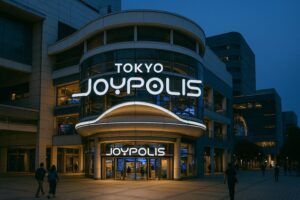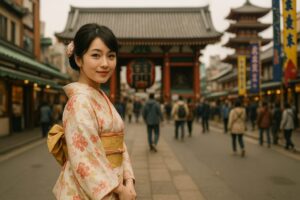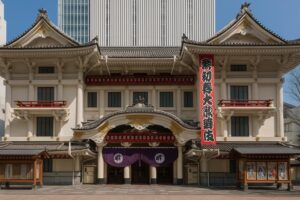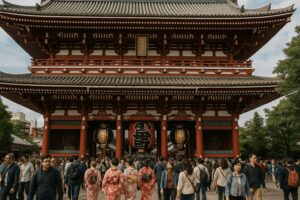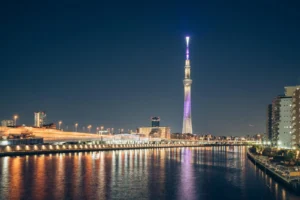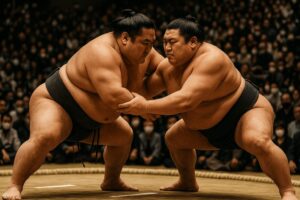Last Updated on 2025年9月22日 by Kenty
Japan’s Famous Snow Monkeys
Complete Guide to Snow Monkey Park Experience 2025
Witness wild Japanese macaques bathing in natural hot springs during winter

Location
Jigokudani Yaen-koen, Nagano
Best Time
December – March
From Tokyo
3.5 hours total
Entry Fee
¥800 per person
Table of Contents
Why Japan’s Snow Monkeys Are World Famous
Japan’s snow monkeys, scientifically known as Japanese macaques, have captured global attention for their unique behavior of bathing in natural hot springs during the harsh winter months. This remarkable adaptation makes them the world’s northernmost non-human primates.
Located in the mountains of Nagano Prefecture, the Snow Monkey Park (officially Jigokudani Yaen-koen) is the only place on Earth where you can reliably witness this extraordinary phenomenon in the wild.
Did you know? These monkeys discovered hot springs naturally and passed the behavior down through generations!
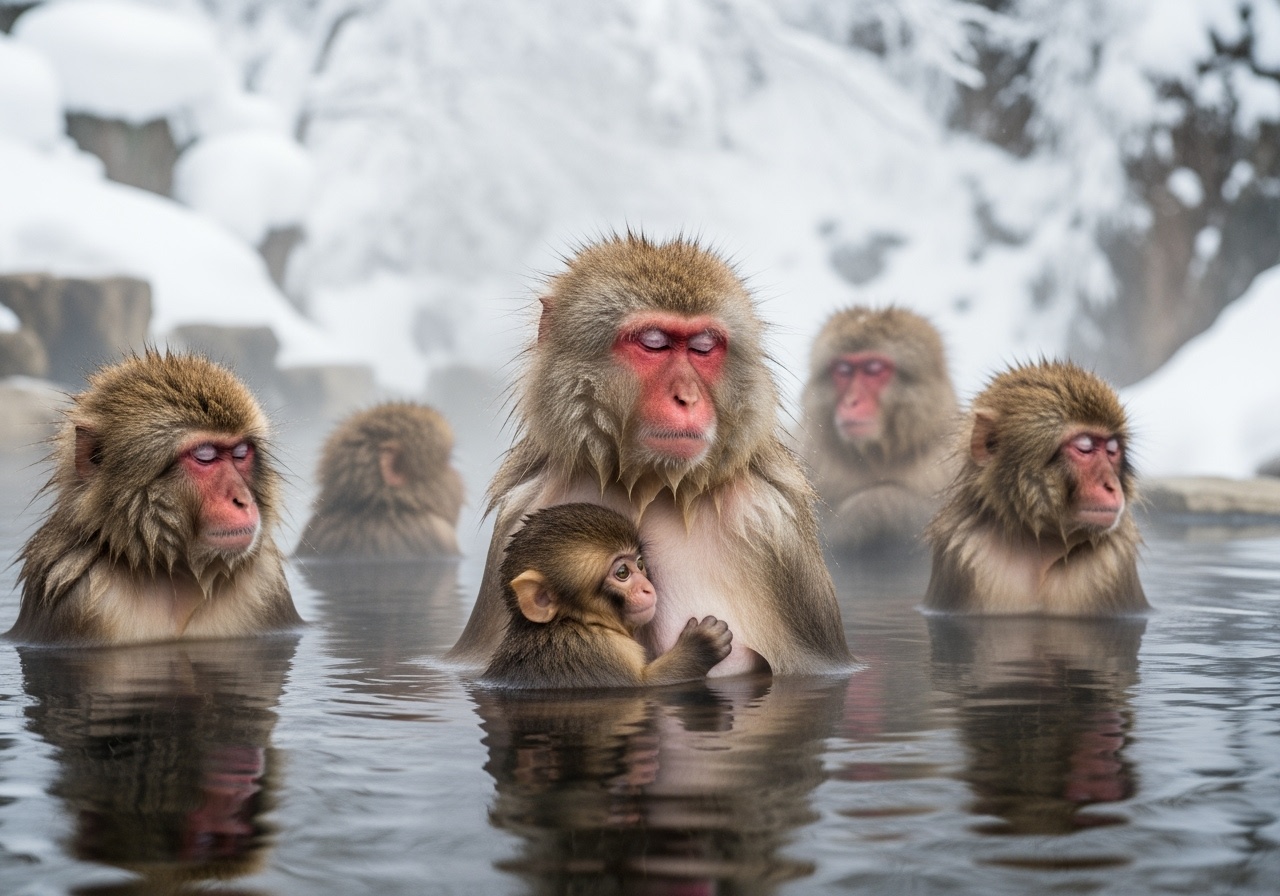
Best Time to Visit Snow Monkeys
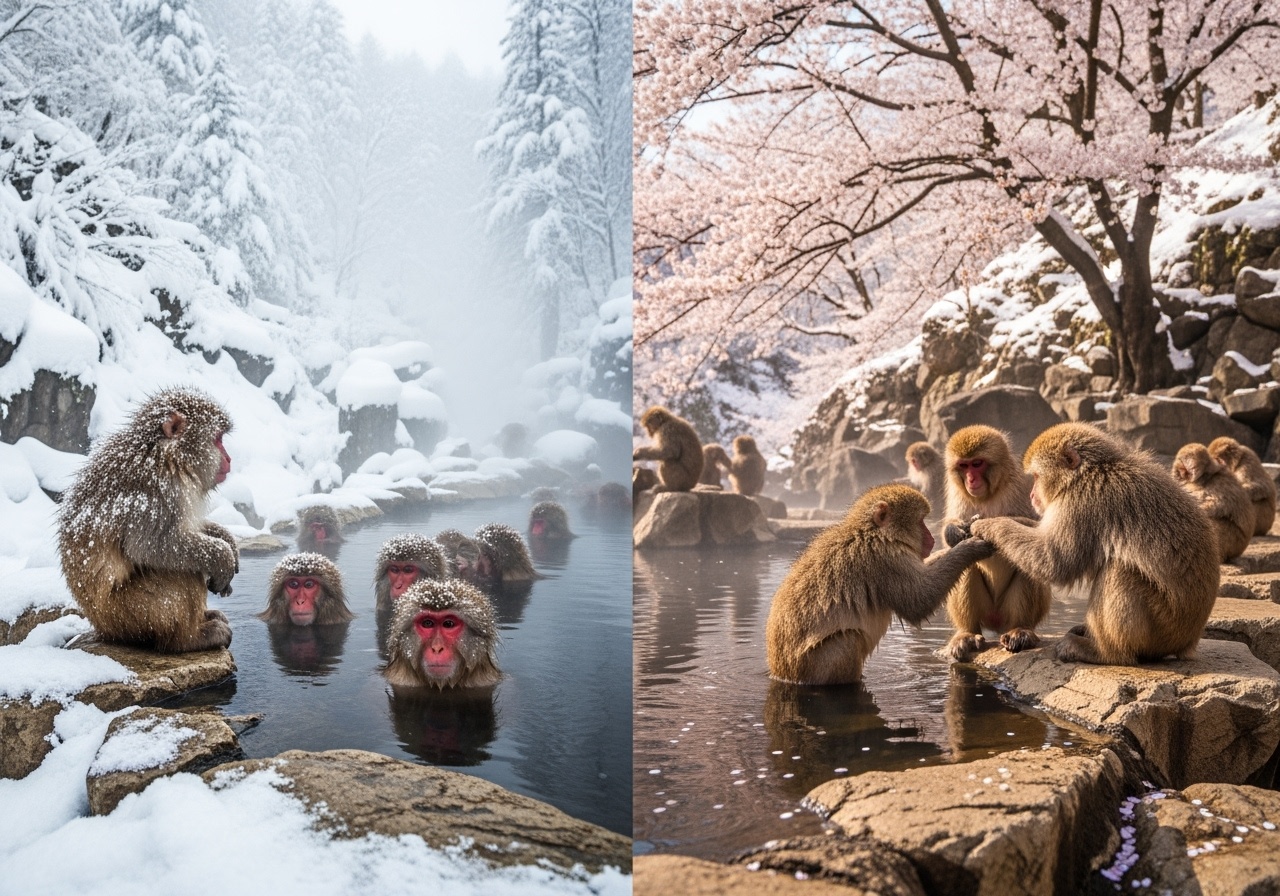
Winter (Dec-Mar)
Best for: Classic snow monkey photos
Temperature: -5°C to 5°C
Crowds: High (especially Jan-Feb)
Peak season with guaranteed hot spring bathing behavior and stunning snowy landscapes.
Spring (Apr-May)
Best for: Cherry blossoms + monkeys
Temperature: 10°C to 20°C
Crowds: Moderate
Less hot spring activity but beautiful spring scenery with newborn monkeys.
Fall (Oct-Nov)
Best for: Autumn colors
Temperature: 5°C to 15°C
Crowds: Low-Moderate
Beautiful fall foliage but minimal hot spring bathing behavior.
Pro Tip: Visit on weekday mornings (9-11 AM) in January-February for the best experience with fewer crowds and maximum monkey activity in hot springs.
Complete Transportation Guide
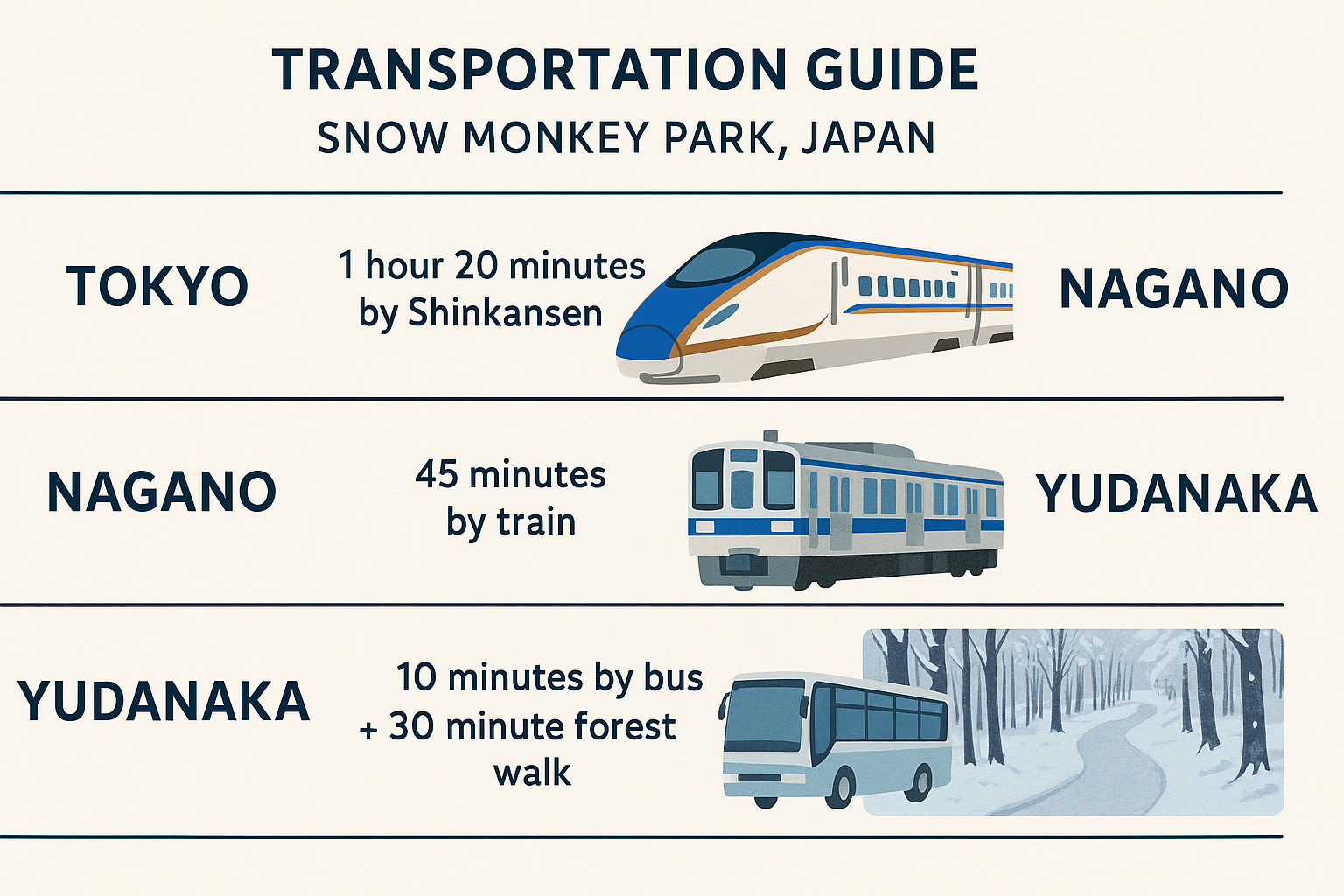
From Tokyo (Total: 3.5 hours)
Tokyo to Nagano
Hokuriku Shinkansen: 1 hour 20 minutes
Cost: ¥8,340 (non-reserved)
Nagano to Yudanaka
Nagano Dentetsu Line: 45 minutes
Cost: ¥1,190
Yudanaka to Park Entrance
Local bus: 10 minutes
Cost: ¥310
Park Entrance to Monkeys
Forest walk: 30 minutes
Free (wear proper winter gear!)
Alternative Options
Organized Day Tours
Perfect for first-time visitors who want a hassle-free experience with English-speaking guides.
Book Snow Monkey TourPrivate Full Day Tour
Comprehensive tour including Snow Monkeys, Zenkoji Temple, Obuse Town, and Onsen.
Book Private TourJR Pass Holders
Save money on the shinkansen! The Hokuriku Shinkansen to Nagano is covered by the JR Pass, making this trip much more economical.
Winter Warning: The 30-minute forest walk can be challenging in deep snow. Bring proper winter boots with good grip!
What to Expect at Snow Monkey Park
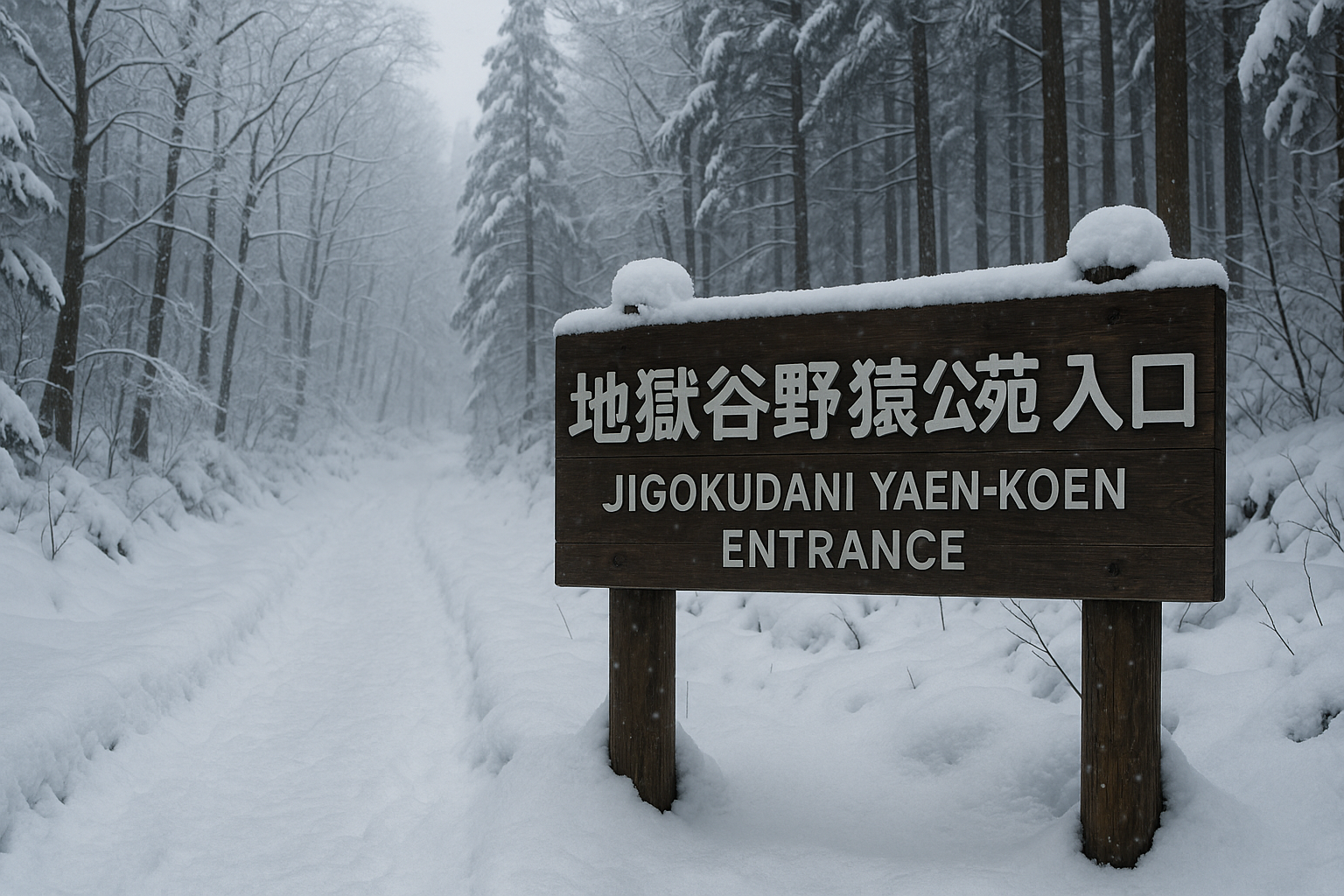
Park Facilities & Layout
- Visitor center with restrooms and gift shop
- 30-minute scenic forest trail
- Multiple viewing platforms around hot springs
- 150+ wild Japanese macaques
- No cages – completely natural habitat
Official name: 地獄谷野猿公苑 (Jigokudani Yaen-koen)
Operating Hours
Summer: 8:30 AM – 5:00 PM
Winter: 9:00 AM – 4:00 PM
Admission
Adults: ¥800
Children: ¥400
Photography
Allowed (no flash)
Don’t touch or feed monkeys
Essential Items to Pack
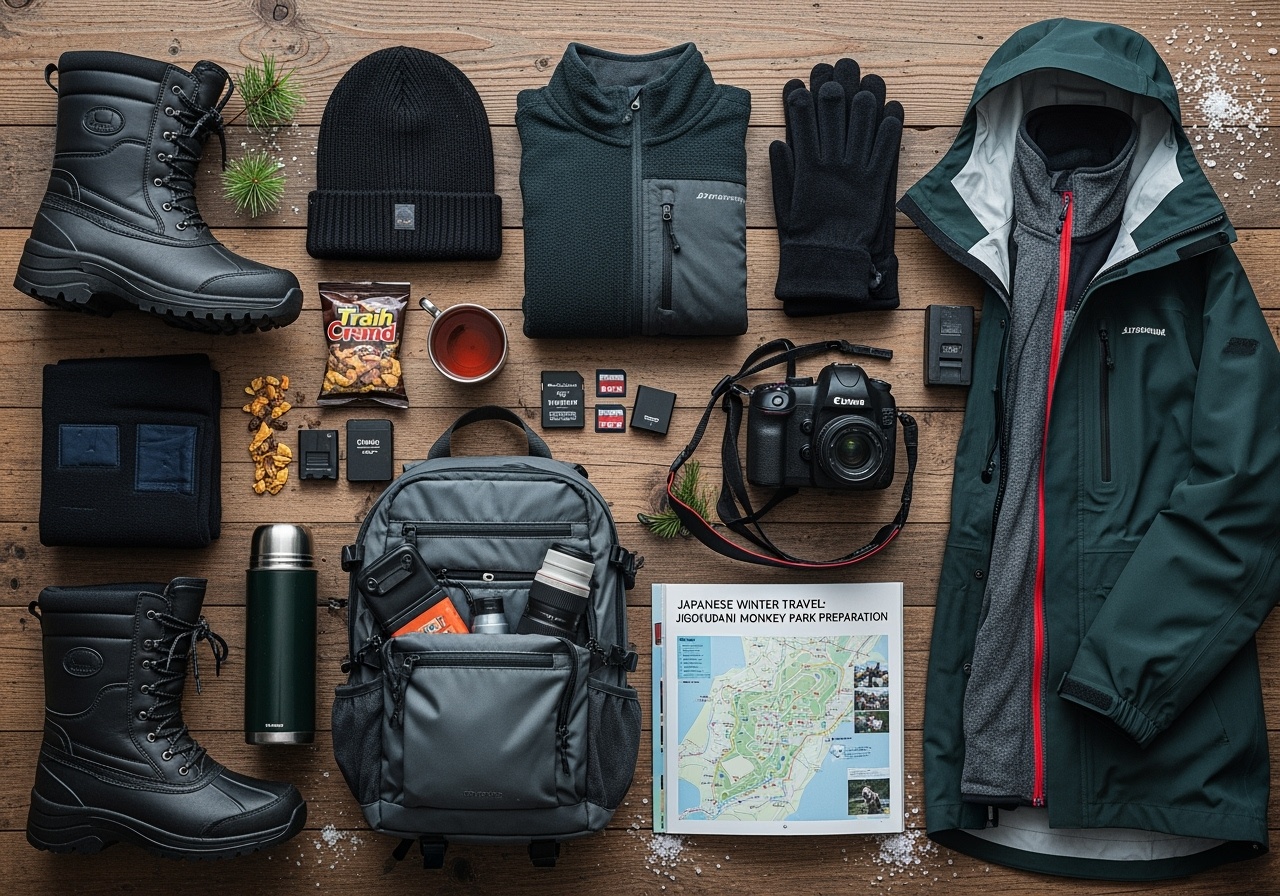
Winter Essentials Checklist
Waterproof Winter Boots
Non-slip soles essential for icy forest path
Layered Clothing
Thermal underwear, warm jacket, waterproof outer layer
Camera with Extra Batteries
Cold weather drains batteries quickly
Snacks & Hot Drinks
Limited food options at the park
Gloves & Hat
Photographer-friendly gloves recommended
Pro Tip: Bring hand/foot warmers and a thermos with hot tea. The forest walk takes 30 minutes each way in potentially deep snow!
Photography Tips for Perfect Snow Monkey Shots
Camera Settings & Techniques
Recommended Settings
- • Shutter speed: 1/250s or faster (moving subjects)
- • Aperture: f/4-f/8 (good depth of field)
- • ISO: 400-800 (avoid noise)
- • Focus: Continuous AF for monkey movement
Composition Tips
- • Focus on monkey eyes for emotional connection
- • Include steam from hot springs for atmosphere
- • Capture family interactions and social behavior
- • Use snowy background for contrast

Best Times
- • Early morning (9-11 AM)
- • Late afternoon (3-4 PM)
- • During snowfall
- • Feeding times
Equipment
- • 70-200mm lens (minimum)
- • Extra batteries
- • Lens cloth for snow
- • Waterproof camera bag
Etiquette
- • No flash photography
- • Keep 2-meter distance
- • Don’t make loud noises
- • No food or touching
Where to Stay: Traditional Onsen Experience
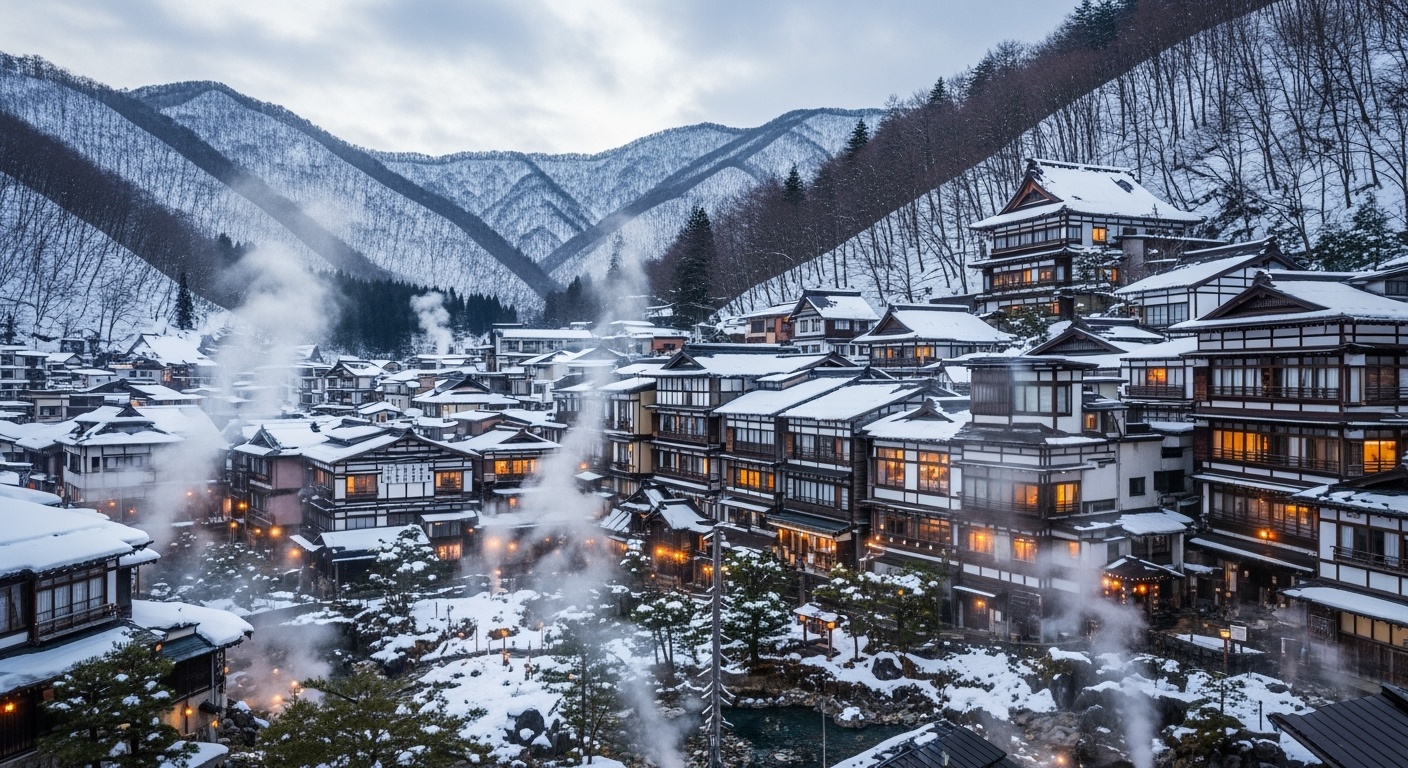
Yudanaka & Shibu Onsen Towns
Extend your snow monkey experience by staying at one of the nearby traditional onsen (hot spring) resorts. These towns offer authentic Japanese hospitality and the chance to relax in natural hot springs just like the monkeys!
Luxury Ryokan
Premium traditional inns with private hot spring baths and multi-course meals.
¥25,000-40,000/night
Per person, including meals
Mid-Range Ryokan
Comfortable traditional accommodations with shared hot springs and good meals.
¥12,000-20,000/night
Per person, including meals
Budget Options
Simple guesthouses and minshuku with basic hot spring access.
¥6,000-10,000/night
Per person, with breakfast
Day Trip vs Overnight: Which Is Better?
Day Trip from Tokyo
Pros
- • More budget-friendly
- • No need to pack overnight bags
- • Good for tight schedules
- • Organized tours available
Cons
- • Rushed experience (2-3 hours at park)
- • Early morning departure (6-7 AM)
- • Limited time for photography
- • Crowded during peak times
Total Cost: ¥12,000-15,000
Including transport and tour
Overnight Stay
Pros
- • Multiple park visits (morning & afternoon)
- • Traditional onsen experience
- • Better photography opportunities
- • Relaxed pace
- • Authentic Japanese culture
Cons
- • Higher cost
- • Requires 2 days minimum
- • Language barrier at some ryokan
Total Cost: ¥25,000-35,000
Including transport, accommodation & meals
Our Recommendation
If it’s your first time and budget allows, stay overnight! The experience of soaking in hot springs after watching the monkeys is unforgettable, and you’ll have better chances for amazing photos.
Seasonal Activities & Nearby Attractions
Winter Activities (Dec-Mar)
Outdoor Onsen Experience
Soak in hot springs surrounded by snow
Snow Festivals
Local winter illuminations and snow sculptures
Year-Round Attractions
Zenko-ji Temple
Historic Buddhist temple in Nagano city
Japanese Alps
Hiking and scenic mountain views
Local Sake Tasting
Nagano is famous for high-quality sake
Complete Budget Breakdown
Budget Day Trip
Mid-Range Overnight
Luxury Experience
Money-Saving Tip: JR Pass holders save ¥16,680 on shinkansen tickets, making the overnight option much more affordable!
Frequently Asked Questions
Q: Do the monkeys bathe in hot springs year-round?
A: Snow monkeys use hot springs most frequently during winter (December-March) when temperatures drop. During warmer months, they may occasionally enter the water but it’s much less common.
Q: Can I touch or feed the monkeys?
A: Absolutely not. These are wild animals and for their safety and yours, maintain at least 2 meters distance. Feeding is strictly prohibited and can result in removal from the park.
Q: Is the forest walk difficult in winter?
A: The 30-minute walk can be challenging in deep snow and icy conditions. Proper winter boots with good grip are essential. The path is maintained but can be slippery.
Q: What’s the best time of day to visit?
A: Early morning (9-11 AM) is ideal for fewer crowds and active monkeys. Late afternoon also offers good lighting for photography.
Q: Are there any guarantees I’ll see monkeys in hot springs?
A: While the park has 150+ monkeys, their behavior is natural and can’t be guaranteed. However, during winter months, the chances are very high, especially in cold weather.
Ready for Your Snow Monkey Adventure?
Join thousands of travelers who have experienced this unique wildlife phenomenon in the Japanese Alps
Free cancellation up to 24 hours before your experience
Quick Reference Summary
Essential Information
- Location: Snow Monkey Park (Jigokudani Yaen-koen), Nagano
- Best Season: December – March
- Entry Fee: ¥800 per adult
- From Tokyo: 3.5 hours total travel time
- Forest Walk: 30 minutes each way
- Operating Hours: 9 AM – 4 PM (winter)
What to Bring
- Essential: Waterproof winter boots
- Clothing: Warm, layered, waterproof
- Camera: Extra batteries for cold weather
- Food: Snacks and hot drinks
- Accessories: Gloves, hat, hand warmers
- Optional: Telephoto lens for better photos
© 2025 Japan Snow Monkeys Complete Guide. All rights reserved.
Experience the magic of Japanese macaques in their natural habitat at Snow Monkey Park (Jigokudani Yaen-koen), Nagano Prefecture.
